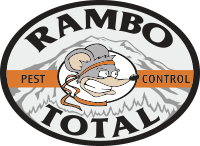NEED HELP? WE’RE AVAILABLE. CALL NOW. (253) 848 – 6000
NEED HELP? WE’RE AVAILABLE. CALL NOW.
(253) 848 – 6000
Termite Control & Prevention
Termites in general are unique in the insect world. They are capable of surviving solely on the nutrients they extract from cellulose found in wood. While they are important parts of our natural ecosystem, they also have the potential to cause substantial structural damage to our homes should they decide to take up residence.
Our experienced technicians at Rambo Total Pest Control have the tools and skills needed to fully eliminate and protect you from future termite infestations.
Professional Termite Control Services
Termite activity and the damage they cause are a real concern throughout the United States. Here in the Pacific Northwest, we only need to worry about subterranean termites and dampwood termites. Luckily, our comprehensive pest control packages offer unrivaled protection against subterranean termites, and dampwood termites generally only require replacement of the damaged wood.
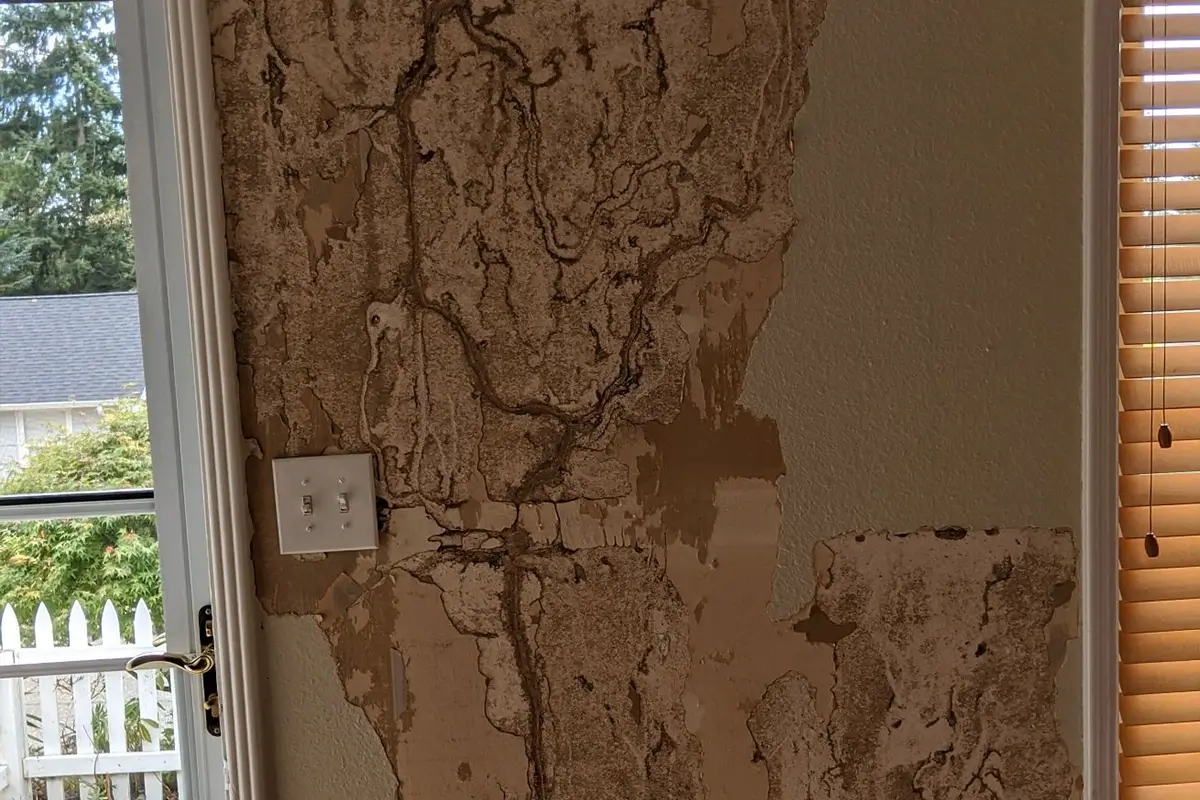
The Dangers of Termite Infestations
Subterranean termites can do extensive damage to your home if left unchecked long enough. There are several local myths around these termites in Western Washington, such as it rains too often for them to be here, it gets too cold, or the soil type just does not allow subterranean termites to infest in these areas. Unfortunately, these are not true.
Subterranean termites can be found throughout the Puget Sound and farther throughout the state. They live in a central nest in the soil that can be several inches deep or several feet. A single colony can branch out in over 100ft in every direction and there can be several colonies within a single acre of land.
Some of the common traits among termite species are:
Termite Identification
There are several species of termite in the United States of America, but Western Washington is home to only two: the Western subterranean termite and the dampwood termite. Both of these termites serve the purpose of advancing the decay of dead wood to maintain a balanced ecosystem:
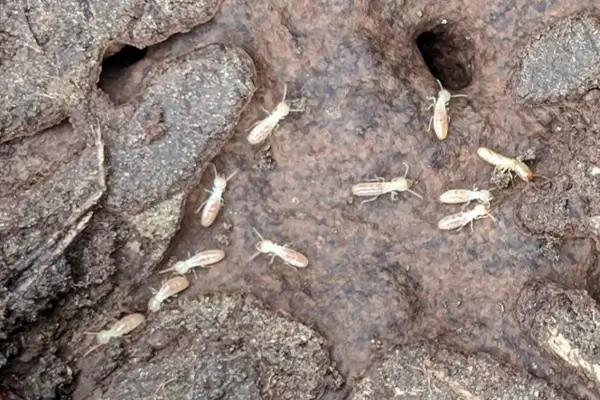
Subterranean Termites
Subterranean termites (Subs) live underground, allowing them to retain the moisture they need to survive. As they travel, they will build mud shelter tubes. These tubes help them retain moisture as they travel and offer them protection. Subs are very small when compared to dampwood termites, but they can have a very large colony size, which can contain almost one hundred thousand termites. That many termites can do severe damage in a very short period of time. Their coloration varies from a very light cream color for the workers, to dark brownish black in the winged reproductives. Usually when subterranean termites are identified in a structure, we only find evidence of their presence; rarely do you find the actual termites themselves.
The Western subterranean termites found in Western Washington are seasonal eaters, only actively feeding during the warmer months. They also branch out in all directions, finding multiple food sources. This means when you find subterranean termite mud tubes or wood they have damaged, you may not find live termites. They may just be eating at a different location or in a state of hibernation. Remember – just because you don’t see live termites doesn’t mean they aren’t there. When subterranean termites are discovered damaging your home or business, it is important that the correct treatment is performed to eliminate the infestation.
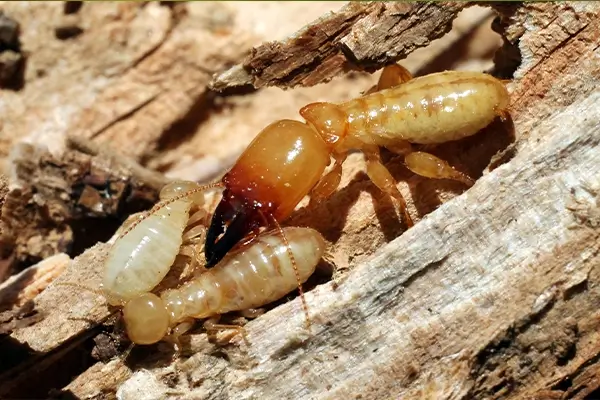
Dampwood Termites
As the name would indicate, these pests live in damp or moisture-damaged wood. Dampwood termites need high levels of moisture to live. They can often be found nesting in wood siding under a leaking gutter, behind an improperly sealed porch, or in a rotting tree stump or landscape timbers. Dampwood termites are rather large, with adults averaging 3/4 of an inch in length, and are cream colored to brownish in appearance.
Because they rarely leave the nest site, dampwood termites are most frequently seen during their reproductive swarming season in the late summer months at dusk. Many people confuse their mating flights with that of swarming ants, but there are several distinct differences between termites and ants. All termites have two pairs of equal-length wings; reproductive ants also have two pairs of wings, but if you look closely, you will find that one pair of wings on an ant is longer than the other. Dampwood termites are usually much larger as well, with two distinct body segments (head and thorax) whereas ants have three distinctive body segments (head, abdomen, and thorax).
If dampwood termites are identified, treatment is not necessary, as they require constant high levels of moisture. When they are found damaging a building, it is the result of a moisture condition; correct the moisture condition and the dampwood termites cannot survive.
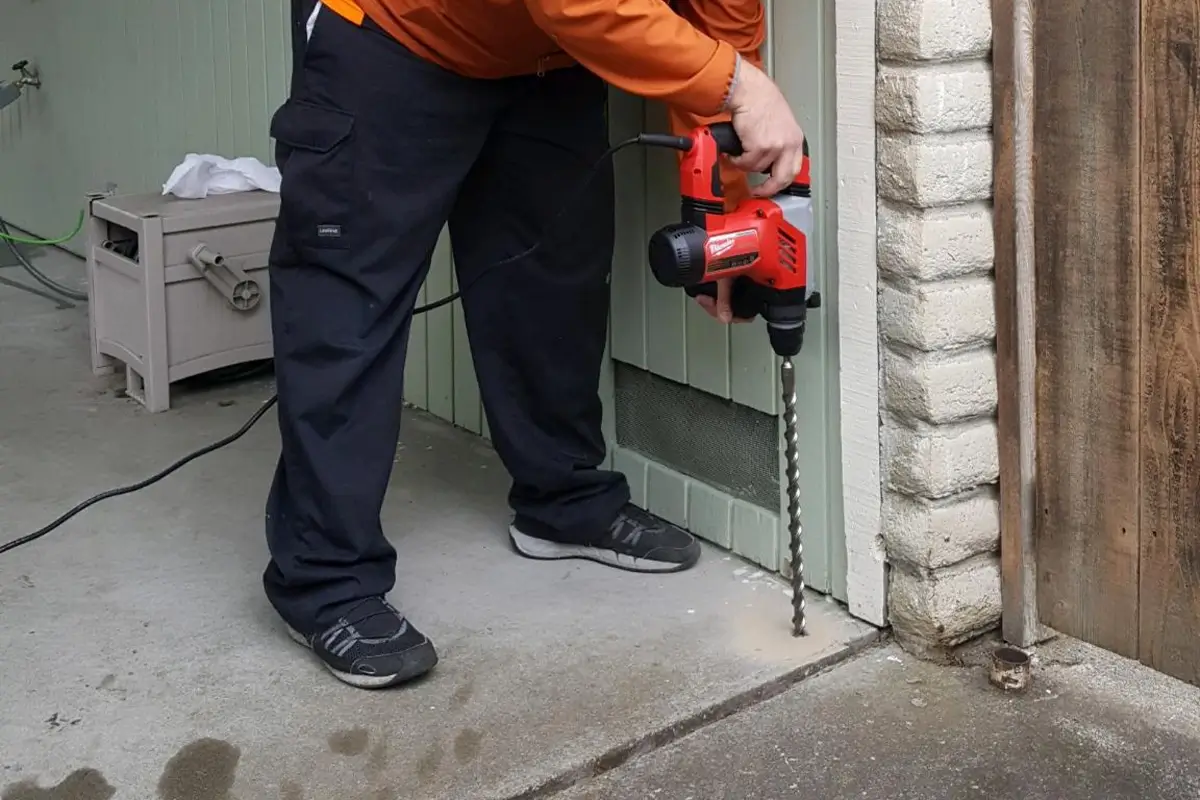
Termite Control Methods
Treatment methods to resolve subterranean termite infestations are determined on a case-by-case basis. The area of infestation, the extent of the infestation, the size of your home, and the environment around your home are all factors that must be considered when determining the best course of action.
Control of subterranean termites is an entirely different process than controlling other insects. Because the majority of the colony lives underground, it’s useless to simply treat the wood they are infesting. The treatment must be focused on the soil under the structure. By establishing a chemical barrier between the soil and the wood structure, we can prevent termite colonies from accessing your home.
All of our Exterior Perimeter/Localized Interior (EP/LI) Structural Termite Treatments come with a Five-Year retreatment warranty.











